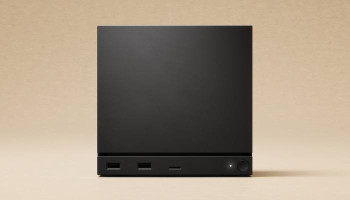
Apple is reportedly working on some major changes for its iPad and MacBook models, including switching to OLED displays, introducing foldable devices, and launching new processors.
OLED Displays for iPad and MacBook
Apple is planning to adopt OLED display technology for some of its upcoming iPad and MacBook models in 2024. OLED displays offer better colour accuracy, contrast, and brightness than LCD panels, and are already used by Apple for its iPhone and Apple Watch devices.
Apple will launch a 10.9-inch OLED variant of the iPad in 2024, which could be the successor to the iPad Air (2020) that has the same screen size. Apple is also said to be working on OLED versions of iPad Pro and MacBook Pro, which could arrive in 2024 or later.
Apple is reportedly sourcing OLED panels from China’s BOE Technology, as well as LG Display and Samsung Display from South Korea.
Foldable iPad and MacBook
Apple is developing foldable devices that could replace its iPad mini lineup. According to industry sources, Apple is working on a 10-inch foldable iPad that could be launched in 2025, and a 20-inch foldable MacBook that could debut in 2027.
The foldable iPad is said to have a clamshell design that can be folded in half, similar to the Samsung Galaxy Z Flip. The foldable MacBook, on the other hand, is said to have a dual-screen design that can be unfolded into a large display, similar to the Microsoft Surface Neo.
The report also mentions that Apple is likely to switch to OLED displays for its foldable devices, as they are more flexible and durable than LCD panels.
New Processors for iPad and MacBook
Apple is also expected to introduce new processors for its iPad and MacBook models, as part of its transition from Intel chips to its custom silicon. Apple is working on a new Pro model of iPad with the successor to its M2 chip and a redesigned Magic Keyboard.
The new iPad Pro models are said to be launched in the second half of 2024 and will feature OLED displays, improved cameras, and a slightly larger 13-inch model. The new M3 chip is said to be based on the next-generation 3nm process, which could offer better performance and efficiency than the current 4nm M2 chip.
Apple is also likely to use the M3 chip for its future MacBook models, which could also feature OLED displays and other enhancements. Apple has already launched several MacBook models with its M1 chip, which has received positive reviews for its speed and battery life.
















